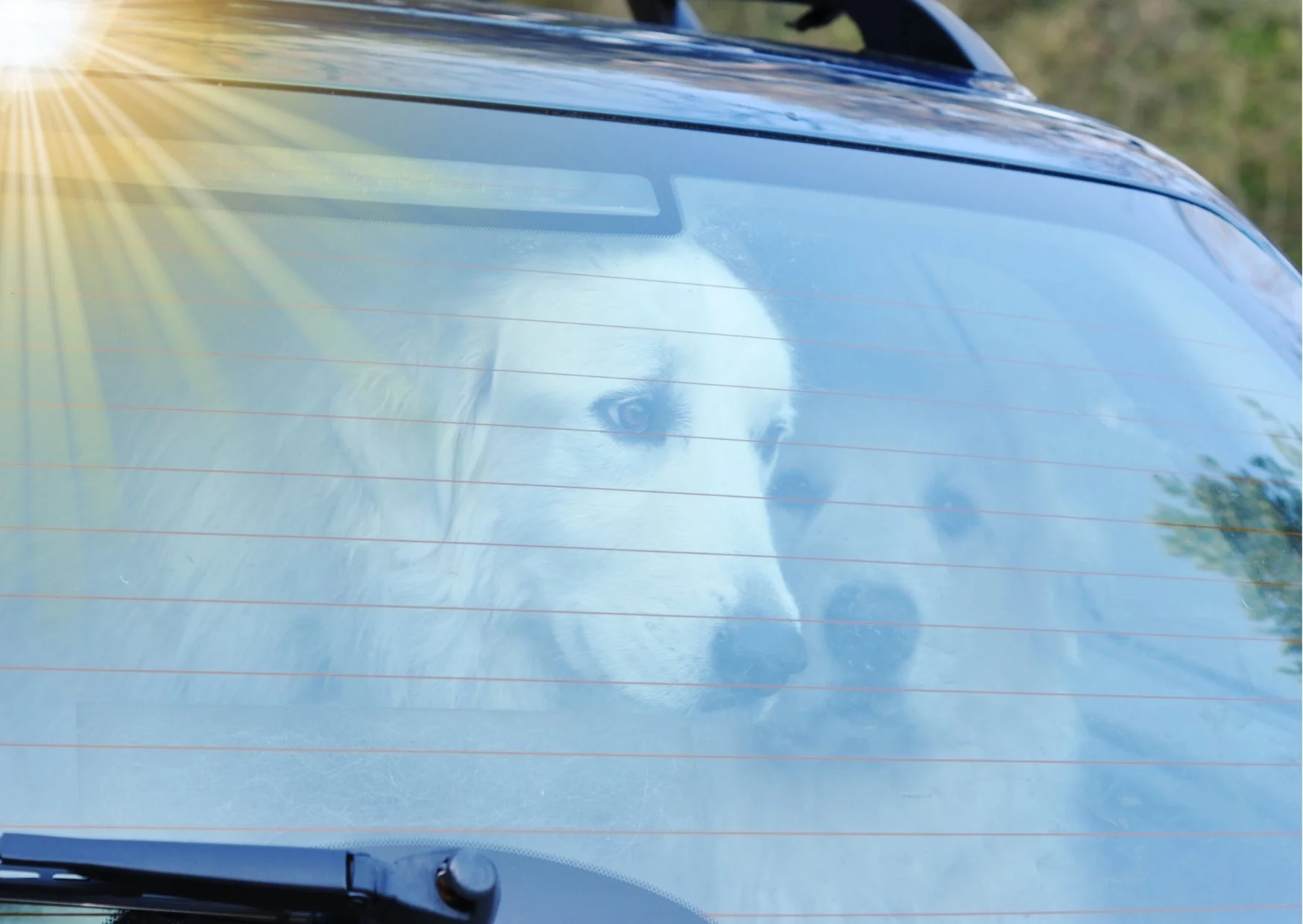Pet ownership comes with a myriad of responsibilities, from ensuring their well-being to providing them with a loving home. In New Zealand, we love our cat companions – with 41% of the population owning at least one feline pet. But are we keeping a close enough eye on their weight?
When the cooler months hit, our cats can sometimes prefer to keep closer to home and stay warm, just like us. This means we are moving less and need to watch what we eat – only our cats rely on us to do that for them.
With one in four New Zealand cats classified as overweight or obese, there is a need to better understand the factors influencing these trends.
Nutrition plays a crucial role in cat welfare, influencing their overall health, disease susceptibility, and longevity. Obesity is linked to various feline health issues like osteoarthritis and diabetes. Global trends show a concerning rise in cat obesity, mirrored in NZ. In 1993, 26% of NZ cats were overweight or obese, rising to 63% in 2007.
A 2019 study identified two key factors contributing to obesity in companion cats in NZ – firstly owner misperception of their cats' body condition, and secondly, feeding them a varied diet, complicating calorie control. A healthy weight for your animal is key to them having a Good Life, so it’s critical you keep an eye on their dietary habits.
What cat owners can do
Understanding cat obesity requires recognising the signs and taking appropriate action. But this is sometimes easier said than done. Many cat owners struggle to accurately assess their pets' body condition, often underestimating their weight.
What you can do:
Talk to your veterinary professional about your animal’s weight and get advice on their diet – firstly understanding where their body condition is
Ensure there is consistency in their diet so calorie control is easier to manage
Be careful of treats – and in particular, educate any children interacting with them on how important it is not to overfeed cats
Get creative with ways to play with your cat and get them moving! Stimulating their body and mind is a great way to burn up excess energy.
Need visuals on what is an ideal weight? The WSAVA Global Nutrition Committee have a great Body Condition Score sheet with visuals to assess the ideal weight for a feline companion.
Click the link above to see this PDF online
What lies ahead?
Moving forward, we are prioritising future research initiatives and educational activities. One big thing to tackle is the gap between owners’ and vets’ perception of cats’ body condition scoring (BCS). Plus, there is a need to understand the correlations between activity levels, dietary patterns, and BCS perception.
Finally, further investigation into guidelines for maintaining a balanced diet in cats is essential, given the prevalent practice of offering cats a variety of foods and treats. Veterinary professionals and pet store personnel hold significant potential in disseminating this information, as well as signage in the supermarket aisles, particularly to households with children who may be unknowingly feeding more food and treats to their animal via the children.
As we creep closer to winter, it's the perfect time to prioritise your cat’s weight management to ensure they lead a Good Life. Take action now to monitor their diet and activity levels, setting the stage for a happier and healthier winter season for your beloved feline companions.
More on the 2019 Study
The 2019 study, conducted from January 2019 to March 2019, surveyed residents aged 18 years and above to gather insights into the feeding habits and owner-related risk factors contributing to feline obesity. Among the key findings, it was revealed that 65.5% of respondents owned cats, with female, rural, or households with children being more likely to have feline companions.
Diving deeper into feeding practices, the survey uncovered that a significant portion of cat owners relied on biscuits from supermarkets (63%) and wet food (57%) as primary dietary sources. Additionally, approximately 45% opted for specialized pet shop or veterinary clinic foods, while 31% incorporated raw meat into their cat's diet. This variety in feeding habits poses challenges in estimating appropriate caloric intake, potentially leading to excess weight gain in feline companions.
Furthermore, the study highlighted discrepancies in owners' perceptions of their cat's body condition, with nearly 30% disagreeing with the correct body condition statement. This underscores the importance of education and awareness campaigns to empower
These findings underscore the critical need for further research and interventions to address feline obesity in New Zealand. By understanding the behavioural patterns of pet owners and identifying key risk factors, we can pave the way for innovative approaches to promote healthy weight management and enhance the overall well-being of our feline companions.




























